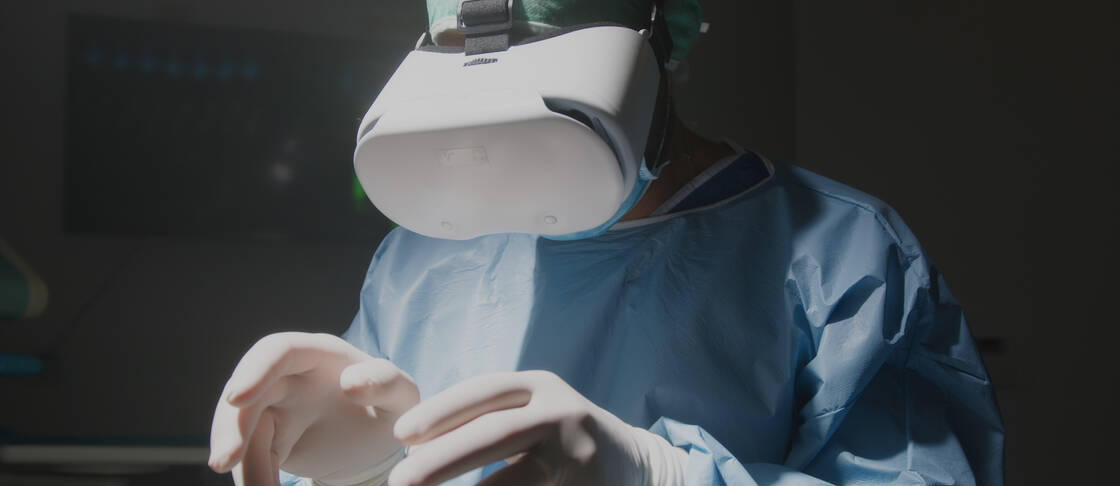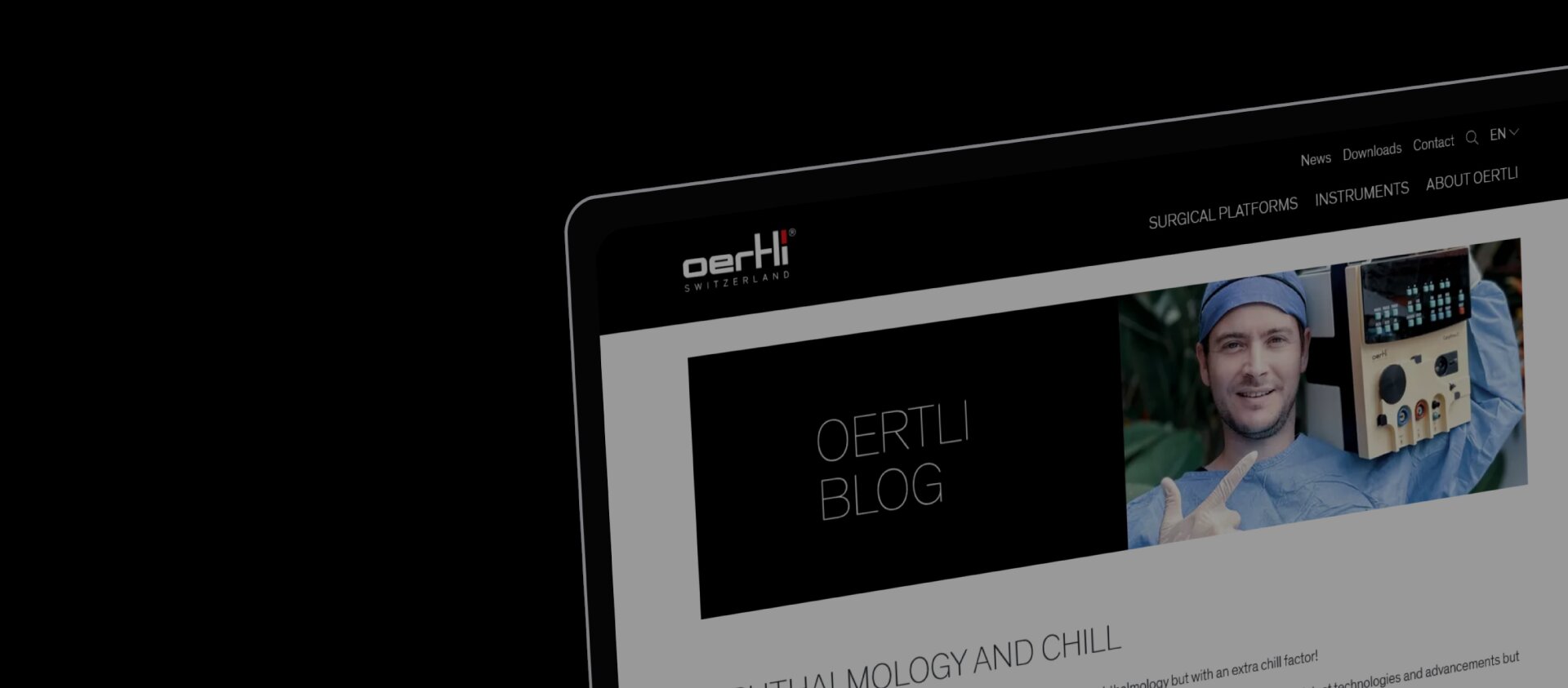
AUGMENTED REALITY & DATA VISUALIZATION IN OPHTHALMOLOGY: SEEING THROUGH A SURGEON'S NEW LENS
Published: 05/10/2023, Reading time: 5 minutes
Imagine the surgical suite of the future: An ophthalmologist, prepped for a cataract procedure, dons a pair of sleek, augmented reality (AR) glasses. As they approach the patient, a holographic data layout appears, detailing the patient's specific eye anatomy, prior surgeries, potential complications, and a guided surgical pathway for the phaco machine. This isn't just the stuff of science fiction; it's becoming our reality one day.
How Augmented Reality is Revolutionizing Ophthalmology
Did you know that cataract surgeries are the most commonly performed operations globally? Given these high volumes, both precision and efficiency are paramount. This is where Augmented Reality, overlaying digital data onto our real-world view, becomes a game-changer, especially for intricate processes like surgeries.

Data Overload or Data Utilization?
With machines like the phacoemulsification for cataract removal churning out vast amounts of data, one can't help but wonder: How much of this data actually aids decision-making during surgery?
AR's brilliance lies in its ability to sift through this data deluge, presenting only the most pertinent information, precisely when the surgeon needs it.
The User Interface Evolution
From the first bulky machines to today's sophisticated touchscreen devices, ophthalmic equipment has undergone a significant transformation. AR promises the next leap, offering personalized data layouts tailored to each surgeon's preferences.

Augmented Reality: The Hypothesis Behind Glasses & Helmets
With companies like Occutrx pioneering in AR for ophthalmology, one wonders about the actual day-to-day implications for surgeons.
Daily Use & Practicality: While the idea of ophthalmologists wearing AR glasses or helmets throughout their day might seem straight out of a sci-fi movie, the advantages are manifold. From instant access to patient data and imaging to real-time surgical guidance, the possibilities seem endless.
KPI’s
AR offers the opportunity to integrate these KPIs directly into the surgeon's field of view. KPIs related to machine performance, such as ultrasound energy or the fluid dynamics of the phaco device, could be projected straight into the surgeon's line of sight. This would allow for immediate feedback and real-time adjustments to achieve optimal results.
However, hypotheses surrounding the consistent use of AR glasses and helmets raise several questions:
1. Concentration & Cognitive Load: Does the continuous influx of augmented data enhance surgical precision, or does it add an unnecessary cognitive burden on the surgeon?
2. Physical Comfort: Extended wear of any device, be it glasses or a helmet, can potentially lead to physical discomfort. How will this impact longer surgical procedures?
3. Dependency: Will there be an over-reliance on AR, potentially overshadowing a surgeon's innate expertise and intuition?

A Journey Through Time: Technological Evolution in Medicine
From the groundbreaking invention of the stethoscope to AR's dazzling possibilities, the medical field's journey is nothing short of inspiring. As we tap into the brain's unparalleled ability to process visual data, AR stands poised to redefine our understanding and interaction with intricate medical knowledge.
Weighing the Pros and Cons
The Bright Side: Immediate data access, heightened surgical precision, individualized user experiences, potentially better patient outcomes.
The Challenges: The initial learning curve, ensuring data security, adhering to regulations like the MDR, and the cost of AR technology implementation.
Furthermore, while AR promises enhanced visualization, there are potential pitfalls. Over-saturation of information and the challenge of distinguishing between vital data and 'noise' might prove cumbersome for some.
Oertli Instrumente AG & Augmented Reality
At Oertli Instrumente AG, we’re tuned into the latest developments in ophthalmology. The emergence of Augmented Reality (AR) and its potential impact on surgeries, particularly cataract procedures, hasn't gone unnoticed.
We’re proactive in our approach. By collaborating with various partners, we stay informed and engaged with the rapidly evolving world of AR. Our primary focus is ensuring that our cataract surgery systems are adaptable and can easily integrate with upcoming AR imaging methods.
In essence, as the field of medicine explores the benefits of Augmented Reality, Oertli Instrumente AG is committed to remaining adaptive and forward-thinking, always aiming to offer optimal solutions for both surgeons and patients.
Phaco History
Check out our blog about the history in phacoemulsification - and more.
Robotics and AI in ophthalmology
Discover the latest innovations and get all the information you need on this topic.
Glaucoma and HFDS
HFDS shows its love for the eyes by offering a minimally invasive and gentle approach to glaucoma treatment. Check it out.
Oertli data on file
This blog post now accurately references the provided sources in the correct order, ensuring clarity and proper attribution of information. If you have further adjustments or additions, feel free to ask!
This blog was written with the support of artificial intelligence (Chat-GPT).
